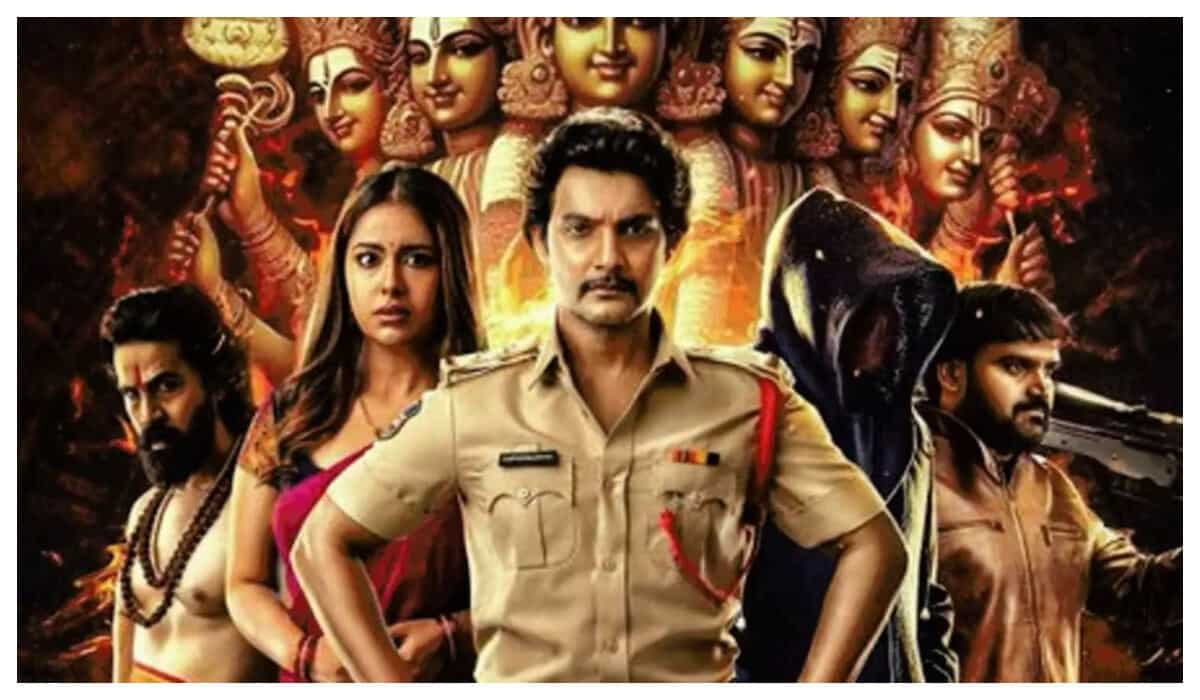
Roman runes: The ancient roots of the nuclear family
6 months ago | 67 Views
So much can change in a century.
When it was coined in 1924, the term “nuclear family” signalled modernity. It indicated a man, a woman and their child or children, living lives of relative urban independence. The term itself drew on the latest in cutting-edge science — the splitting of the atom; “nuclear family”, in fact, predates “nuclear bomb” by about two decades.
By the 1950s, it had come to be seen as the family format that “inculcated the liberal, capitalist, democratic and economically dynamic values of individualism, independence, aspiration and social mobility,” British historian and genealogist Kevin Schurer and history and public policy professor Simon Szrete wrote, in an article published by the UK-based Cambridge Group for the History of Population & Social Structure in July.
This was in sharp contrast to the extended-family households that “were thought to transmit the anti-individualist values of respect for… authority… and for tradition, collective solidarity… and social stasis,” Schurer and Szrete wrote.
By the late-1970s, a same-sex couple in the US had become the first to officially adopt a child, and a new wave of change was underway. The stability of the two-parent foundation was still considered essential. That would change too.
Today’s happy-family formats include a single, never-married adult with children adopted or born via surrogacy or in-vitro fertilisation (IVF).
***
How old is the nuclear family itself? Traces of it have been found in family dedications to deceased loved ones in 1st century BCE Ancient Rome. “The Roman Empire encouraged a key foundation of the nuclear family, emphasising marital monogamy (rather than polygamy)” says Alice Evans, a senior lecturer at King’s College, London.
Private property would play a key role, splitting tribes and clans into large family units, then smaller ones. Technology and money would play a vital role too; a group this small could only support itself if members had access to at least a few labour-saving devices, and could buy what they didn’t have the time to make, whether clothes or tools or bread.
By the 16th century, the nuclear family was widespread enough in Britain’s cities for the government to launch welfare schemes aimed at helping young parents with sick children, or a widowed single parent (with presumably no other support), Schurer says.
In Asia, the format would only become aspirational in the 20th-century colonial era. “There is this idea in Asia that paradise lies at the mother’s feet, for sons, so staying in the parental home is seen as a kind of ideal, and also reflects a deep sense of loyalty,” Evans says. “This makes it relatively harder for people to choose to break away.”
For some individuals, those same bonds — of patriarchal heritage, set social norms and, of course, caste — made the nuclear unit more desirable.
It was a way for the individual to redefine and reinvent themselves, choose a profession and lifestyle all their own, select their own social mores, particularly in areas such as careers (particularly for women) and marriage, child-bearing and child-rearing.
***
It also made space for a focus on romantic love. This was especially crucial to the position of women, says Evans, because in a union built on love rather than on authority, the woman was more likely to have a say in major decisions.
The role of wife and mother in a nuclear family remained a difficult one to navigate. Around the world, there is societal pressure to “lean in” and do it all.
“The imbalance has been difficult to fix even now,” says Sonalde Desai, a demographer, principal investigator for the India Human Development Survey, and professor formerly at University of Maryland and now at the National Council of Applied Economic Research (NCAER).
Even so, some elements of housekeeping and childcare have to be outsourced, and one of the most visible changes this has wrought is the growing number of industries catering to the nuclear family.
There are playschools, creches, nanny agencies and other childcare facilities; tiffin services, house-keeping and house-cleaning services; ready meals and packaged snacks.
In construction, that bellwether of society, most urban homes are designed for the nuclear format. In cars and furniture sets, vacation plans and phone plans, the template is two-plus-two.
***
Now, other formats are emerging too.
Since the global economic downturn of 2008, which has been followed by further blows such as the pandemic, there has been the emergence of a boomerang generation. Here, unable to keep up with expenses (primarily housing), the nuclear unit moves back into the parental home.
The last time the boomerang was visible on this scale was during the Great Depression.
A July 2020 analysis by the Pew Research Center indicated that 52% of young adults in the US lived with one or both parents, up from 47% in February that year. It was the largest-ever share of 18-to-29-year-olds living with parents in that country, since the Great Depression (1929-1939).
Meanwhile, data from UK’s Office for National Statistics shows that the total number of adult children living with their parents rose from about 4.2 million in 2011 to 4.9 million in 2021.
A large number of adults are also living with chosen family — friends, flatmates, partners — in formats that are not registered, except on a lease agreement, and sometimes not even there. “This shift reflects broader societal changes, including greater acceptance of diverse lifestyles and relationships,” says Poonam Muttreja, executive director of the non-profit research and advocacy body Population Foundation of India.
Was this inevitable, once the cult of the individual began to take shape? Perhaps.
What does this mean for the future of the family? “We can expect to see further diversification in terms of how a family is defined, as social values, legal frameworks and global trends tilt towards inclusivity,” Muttreja says.





















